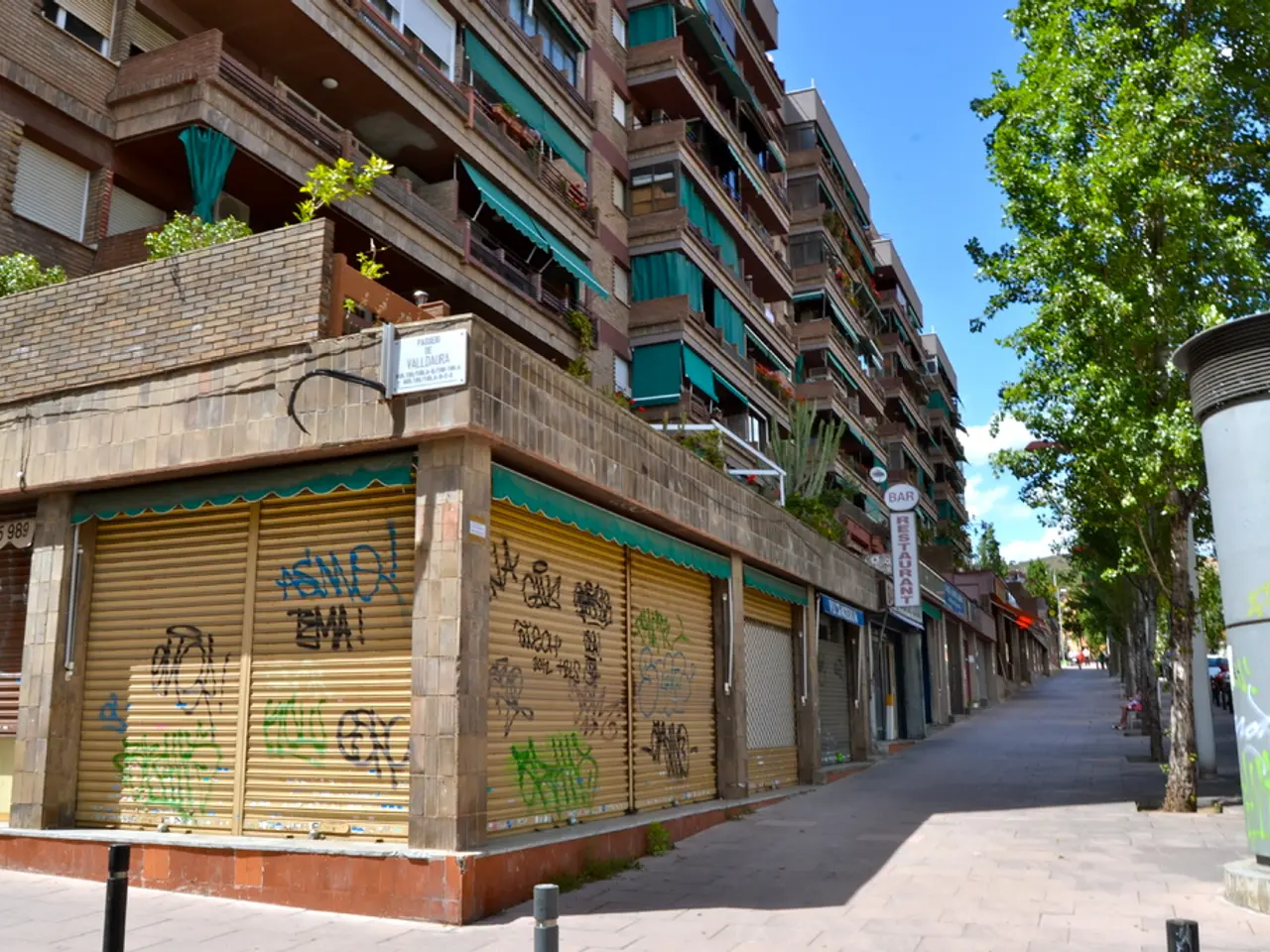Berlin relinquishes two pieces of land and provides an additional million euros
In a significant development, the Berlin Foundation for the Grey Cloister (Berliner Stiftung Graues Kloster) and the city of Berlin have reached an out-of-court settlement, resolving a long-standing dispute over two valuable plots of land near Grunerstraße in the Mitte district.
The background of this dispute dates back to the foundation's historical ownership or claims to the adjacent plots, which are close to the site of the former Grey Cloister and a prime area for urban development. Over the years, conflicting interests between the foundation and the city administration concerning ownership rights, land use, and development plans led to disputes.
The Berlin Foundation for the Grey Cloister is a nonprofit organisation dedicated to preserving the historic Grey Cloister site and supporting cultural and social projects related to Berlin’s heritage. The city of Berlin, aiming to proceed with urban redevelopment and public projects, sought clearer control or acquisition of the plots to facilitate construction or cultural initiatives.
After protracted negotiations, the two parties reached a compromise that allows the city to gain more secure control or development rights over the land while ensuring that the foundation’s interests, especially preservation and cultural commitments, are respected or compensated. This resolution aims to avoid lengthy litigation and enable urban development continuity in the Mitte district, balancing heritage conservation with public and commercial needs.
The settlement involves the city giving away two plots of land, measuring 123 and 285 square meters, to the Berlin Foundation for the Grey Cloister. In addition, Berlin City will provide an additional million euros as part of the settlement. This financial support will contribute to the foundation's efforts to preserve the historical site and support cultural projects related to Berlin’s heritage.
The location in question is the oldest site in Berlin's capital, with a shortage of places at an integrated secondary school in the area. The Mitte district plans to build a secondary school on the construction site, and the compromise will allow for this school construction to still be possible.
The Grey Cloister, a high educational institution in Berlin until the founding of Humboldt University, has a rich history. Notable students include architect Karl Friedrich Schinkel, gymnastics pioneer Friedrich Ludwig Jahn, Reich Chancellor Otto von Bismarck, and opera singer Hermann Prey. Just before the end of World War II, the school, founded 451 years ago, was bombed out.
The city has moved Grunerstraße to the Red City Hall for redevelopment purposes. The legal pitfalls include unclear facts over several centuries and legal systems, and the need for commissioned legal opinions. So far, 30,000 euros in procedural costs have already been incurred.
State Secretary of Finance Wolfgang Schyrocki supports the compromise, stating it will settle a long legal dispute, avoid risks, and make development possible. The out-of-court settlement is a testament to the collaborative efforts between the city and the foundation, ensuring the continued preservation of historical sites while facilitating urban development in Berlin.
- The Berlin Foundation for the Grey Cloister, given the settlement, will utilize the additional million euros towards preserving the historical site and supporting cultural projects related to Berlin’s heritage, a significant portion of which will be spent on the development of the Grey Cloister's educational initiatives.
- Amidst thegeneral news of urban redevelopment in Berlin's Mitte district, the city's decision to invest in real-estate by giving away two plots of land to the foundation, while also providing additional financial support, demonstrates a balance between politics and investing in the city's future.
- In light of the compromise, the city's strategicmove in building a secondary school on the construction site will advance educational opportunities in the area, while respecting the foundation's commitments towards preserving the Grey Cloister's historical significance.




